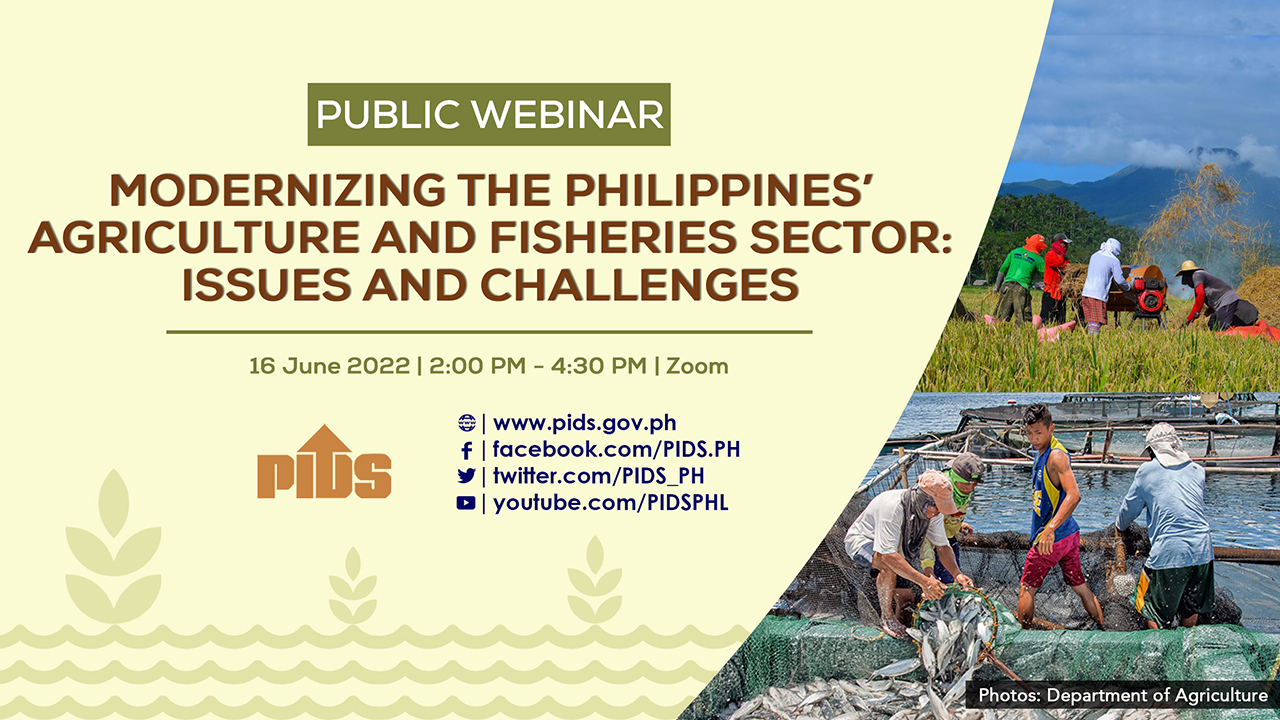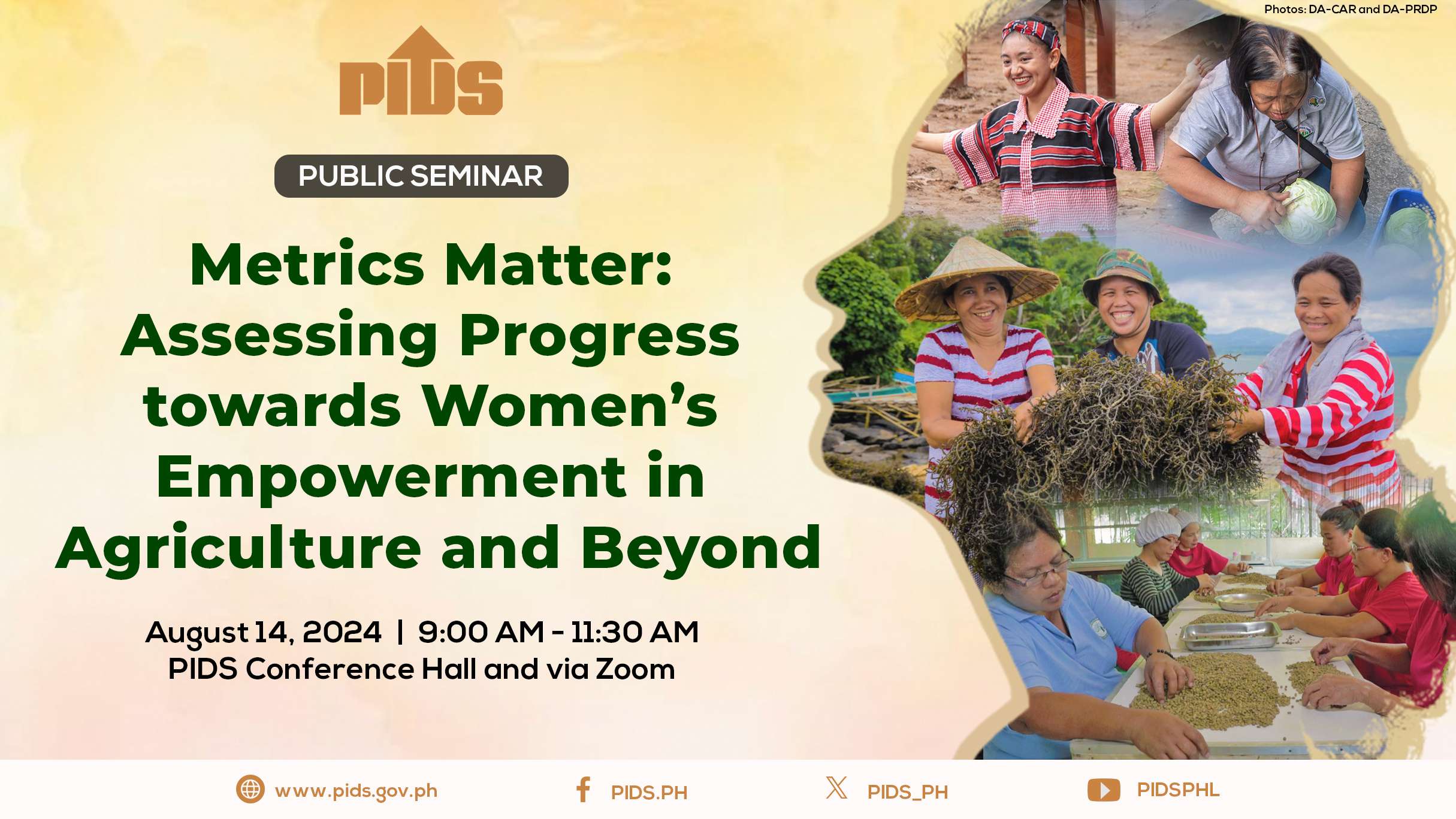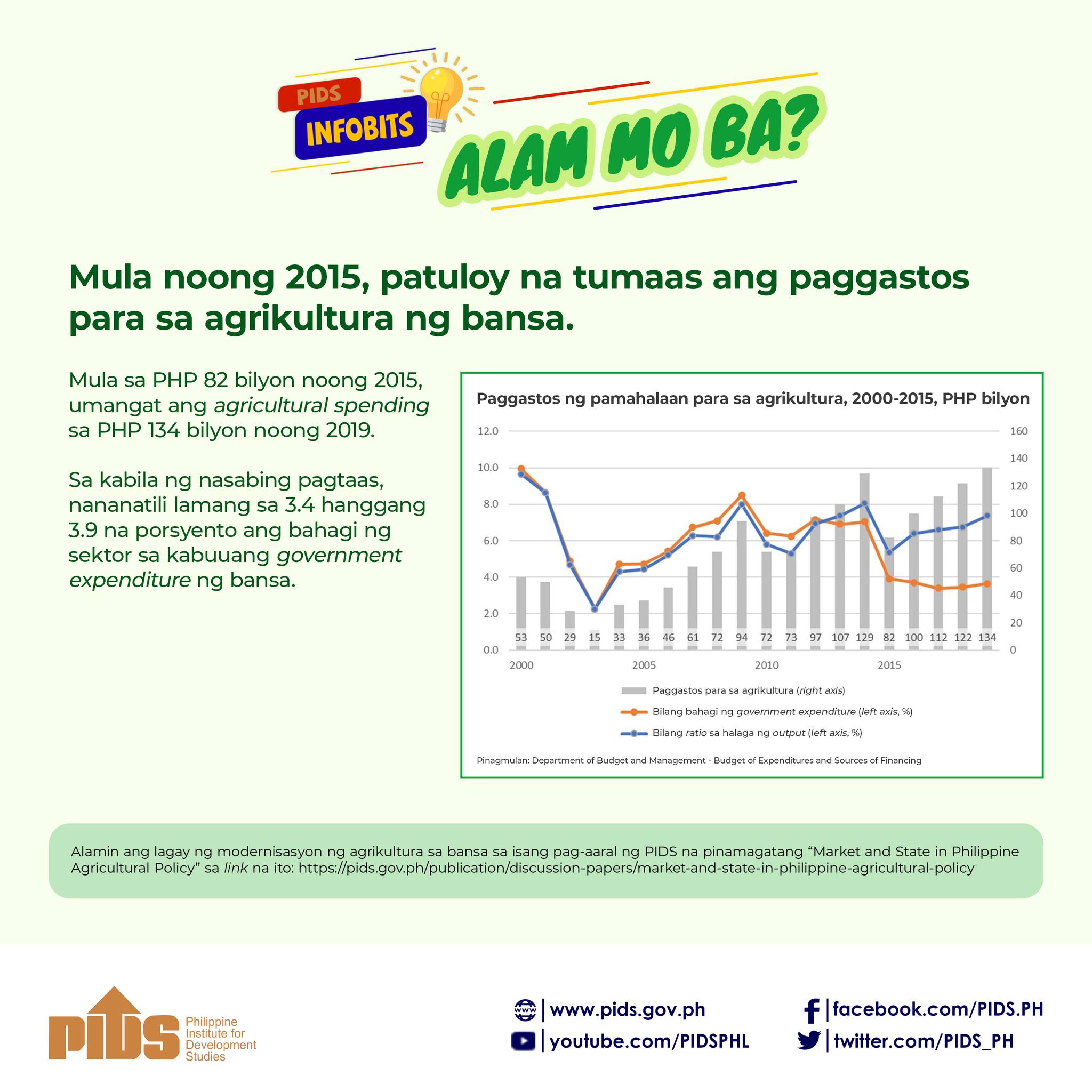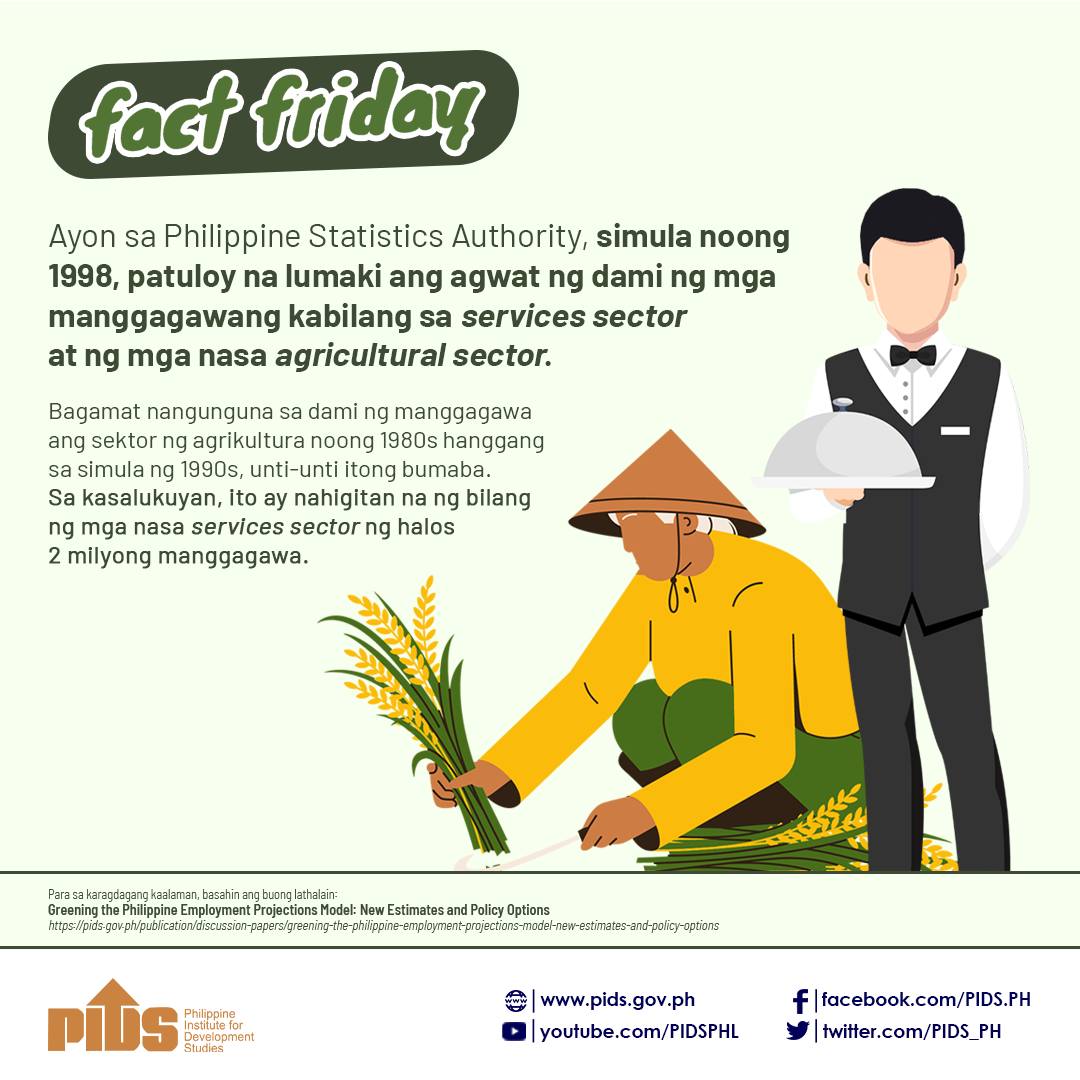Data from the Philippine Statistics Authority showed gender inequality still rampant in the agriculture sector with male farm workers still being paid more than their female counterparts.
Although the country’s nominal wage rate for agricultural workers saw an eight percent increase to P331.10 per day in 2019 from P306.28 compensation per day in 2018, the gender gap still needs narrowing as men working in the agriculture sector were paid an average of P335 per day in 2019, higher than the average wage rate of female farm workers who get only P304.60 for a day’s work.
In 2018, think tank Philippine Institute for Development Studies reported that “gender gap in average wages remains a key concern in the Philippines as such can be attributed to differences in activity composition by sex of worker and differences in daily pay for the same activity.”
Women comprise on average 43 percent of the agricultural labor force in developing countries, with their contribution varying widely depending on activity.
However, the report said women in agriculture and rural areas face higher barriers in gaining access to productive resources and opportunities compared to men, namely for land, livestock, labor, education, extension, finance and technology.
It noted that closing the gender gap in agriculture could potentially raise yields on their farms by 20 to 30 percent, thereby raising the agricultural output of developing countries by up to four percent, and reducing the number of hungry people by up to 17 percent.
To close the gap, PIDS suggested the prioritization of women as recipients of government services and transfers, establishment of women’s groups active in rural labor market information and advocacy, and support for gender mainstreaming and protection of women’s rights at the grassroots.
Women in the agriculture sector need a champion to look after their concerns and close the inequality gap. Countries that make opportunities equal for all, regardless of gender, age, race or religion; give more people the chance to improve their lives. As a primarily agricultural country, closing the gender gap in the agriculture sector can reap significant dividends.












